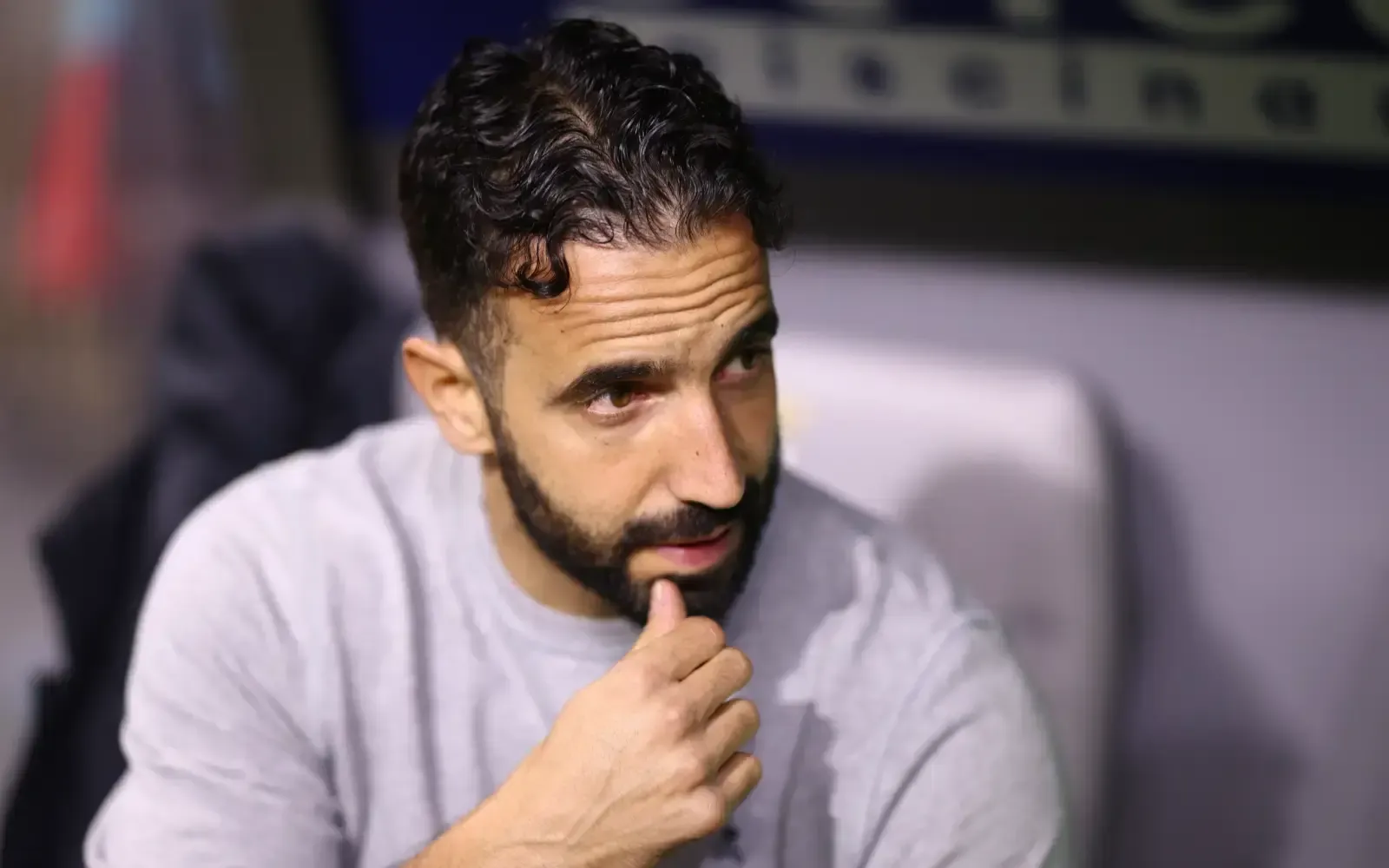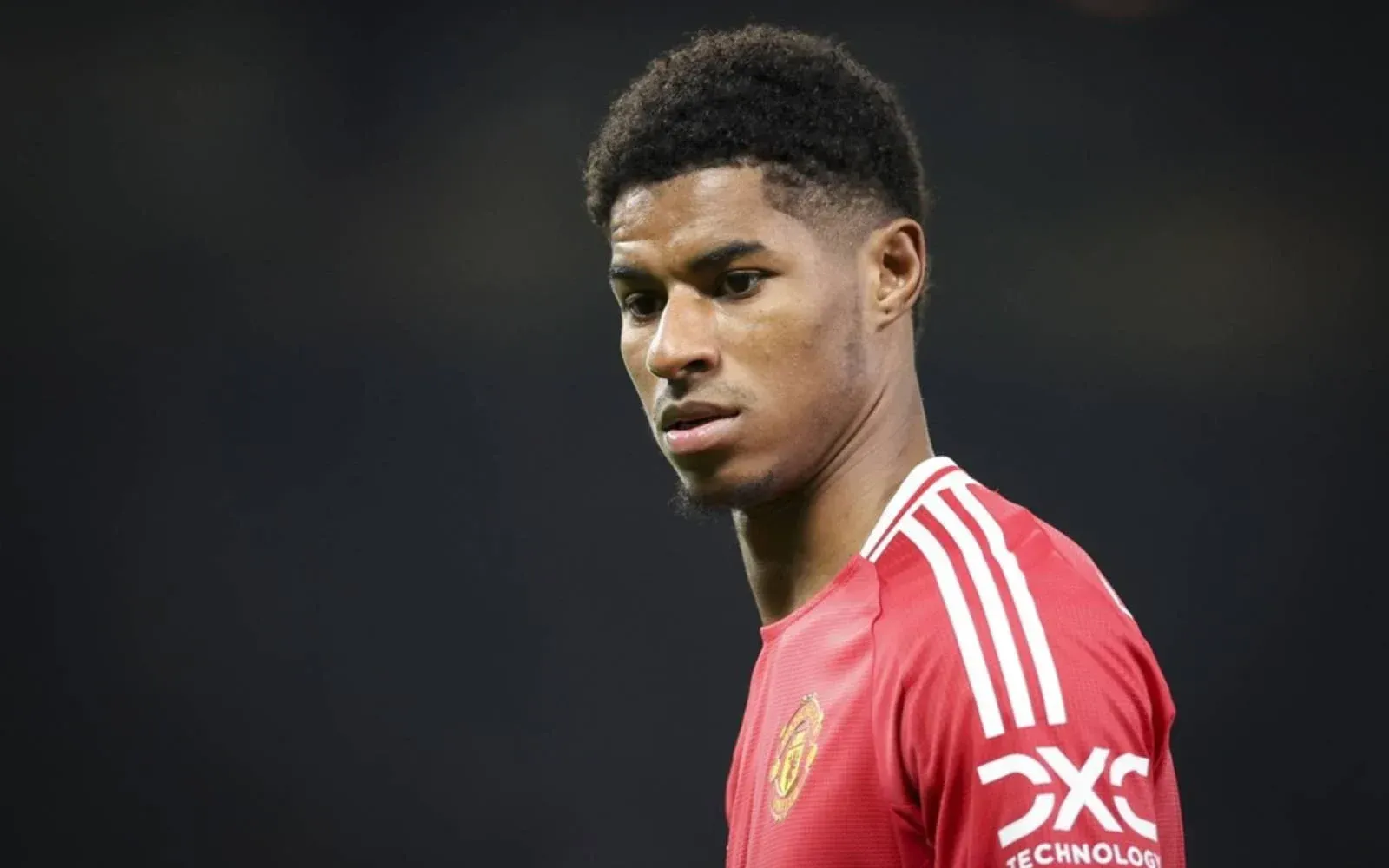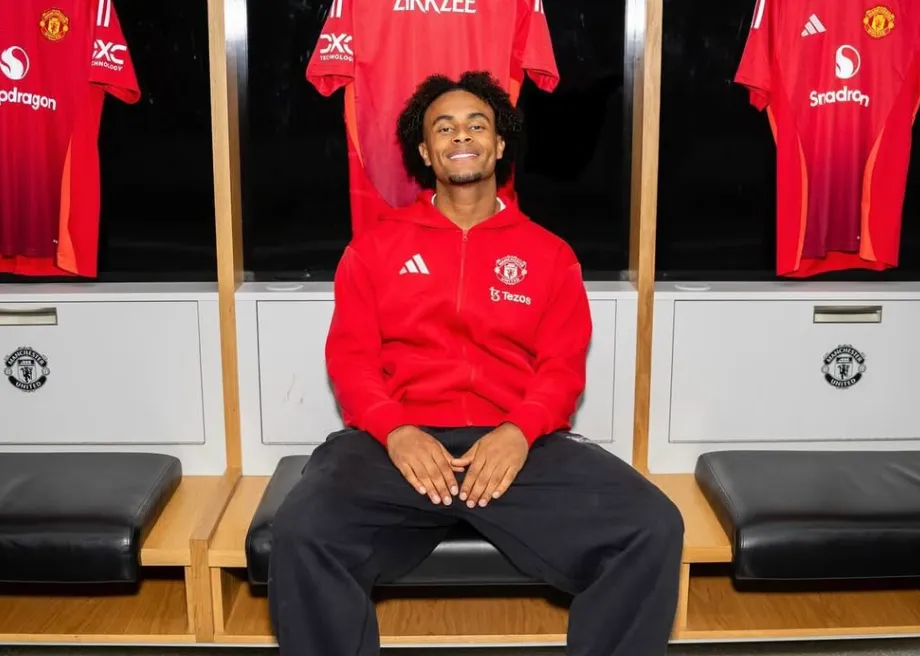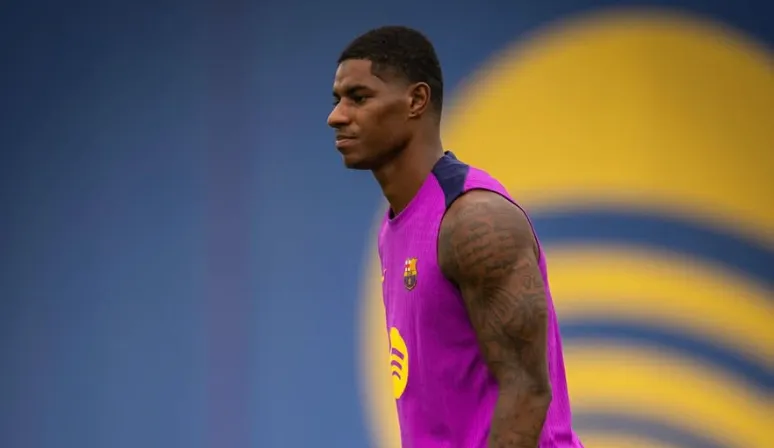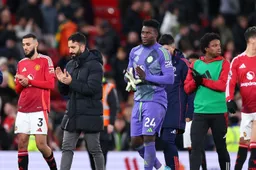Man Utd's decline 'linked back to Fergie rift over racehorse'
OpinionsTuesday, 31 December 2024 at 20:09
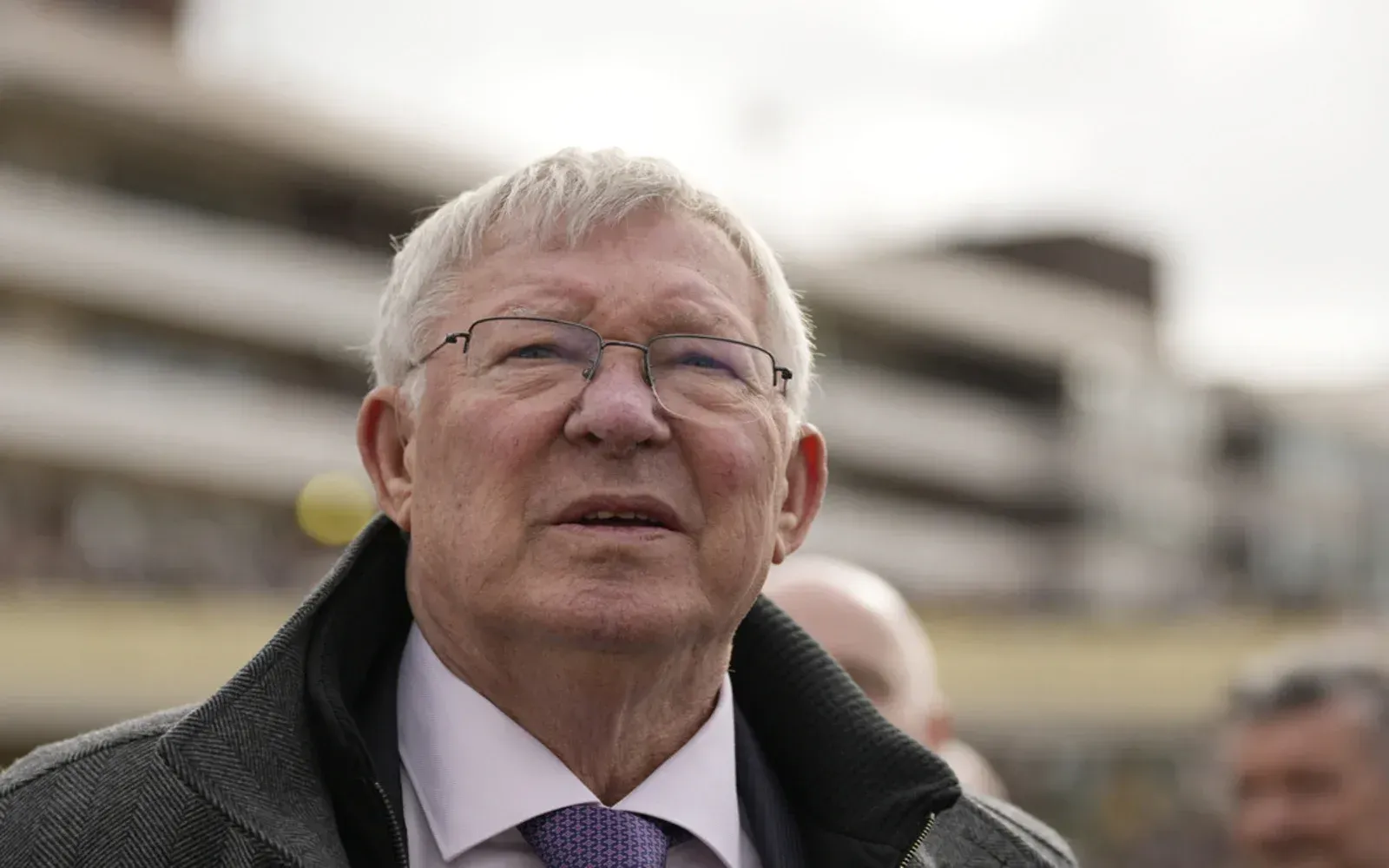
Many Manchester United fans see the club's decline linked to the Glazer family and yet how many know the story of how a racehorse indirectly led to their takeover?
These days, United’s leadership rarely discusses the peculiar story that links a champion racehorse, Rock of Gibraltar, to the club’s ongoing struggles.
For Sir Alex Ferguson, it’s a topic firmly off-limits.
Widely regarded as the most successful British manager in history, Ferguson’s legacy at Old Trafford is unparalleled.
Yet the Rock of Gibraltar saga from 2003 remains a glaring exception to his successes, its ripple effects shaping United’s modern decline.
For many newer fans, the idea that the downfall of England’s biggest football club could be traced back to a racehorse might seem far-fetched.
Read also
But the story is true—Rock of Gibraltar, an equine wonder and a frequent winner, played a pivotal role in a sequence of events that culminated in Malcolm Glazer’s takeover, mounting debts, fan protests, and years of mediocrity.
Ferguson’s association with the horse began during its rise to prominence, thanks to his friendship with Irish businessmen John Magnier and JP McManus, the “Coolmore Mafia.”
These two were not just racehorse owners; they were the wealthiest men in Ireland and major shareholders in Manchester United.
Ferguson became involved in their world of horse racing, with Rock of Gibraltar registered in his name, cementing their once-close alliance.
In the early 2000s, the partnership thrived. Ferguson found an outlet in horse racing to escape the pressures of football management, and Rock of Gibraltar’s success on the track brought pride to all involved.
Yet, as is often the case with powerful allies, the relationship soured over money. Ferguson claimed entitlement to half of the horse’s lucrative breeding rights—worth tens of millions—based on what he believed to be a gentleman’s agreement. Magnier and McManus vehemently disagreed, asserting no such deal existed.
The fallout was severe. Ferguson, undeterred by warnings, pursued legal action, triggering a bitter dispute with United’s two largest shareholders.
The Coolmore partners retaliated, leveraging their wealth and influence to embarrass Ferguson and the club. They even hired private investigators and raised questions about Ferguson’s financial dealings, including those involving his son, Jason.
The feud culminated in Ferguson settling out of court for £2.5 million and acknowledging a “misunderstanding.”
Read also
But the damage was done. Magnier and McManus, disillusioned by the saga, sold their shares in 2005.
Their exit paved the way for Malcolm Glazer’s leveraged buyout—a controversial move that burdened United with massive debt and sparked protests from fans.
Over time, the Glazers consolidated power, and Ferguson, despite private appeals from fans, chose loyalty to the new regime.
His support was critical in securing financing for their acquisition. Publicly, he described the Glazers as “wonderful owners,” even as their tenure led to limited transfer funds and United’s decline relative to rivals like Manchester City.
In Ferguson’s post-retirement writings, the Rock of Gibraltar controversy is barely mentioned.
While he claimed to have mended fences with Magnier, sources close to the story suggest otherwise. Today, the horse’s legacy lives on at Coolmore’s Castlehyde Stud in Ireland, while United continues to grapple with its Glazer-induced troubles.
Nearly two decades after the Glazers took over, United remains in turmoil. A recent bid from Qatar’s Sheikh Jassim bin Hamad Al Thani fell through, and the club’s valuation reportedly hovers near £10 billion.
Chris Blackhurst’s book, The World’s Biggest Cash Machine: Manchester United, the Glazers, and the Struggle for Football’s Soul, encapsulates it best: “It’s not known if the Glazers ever look heavenwards and give thanks to Rock of Gibraltar for their immense good fortune.”
loading
Popular News
Loading
